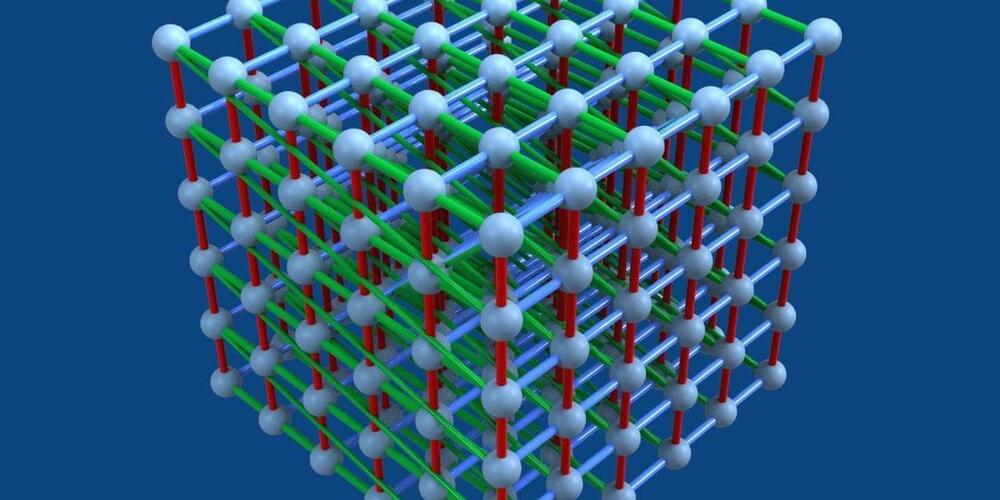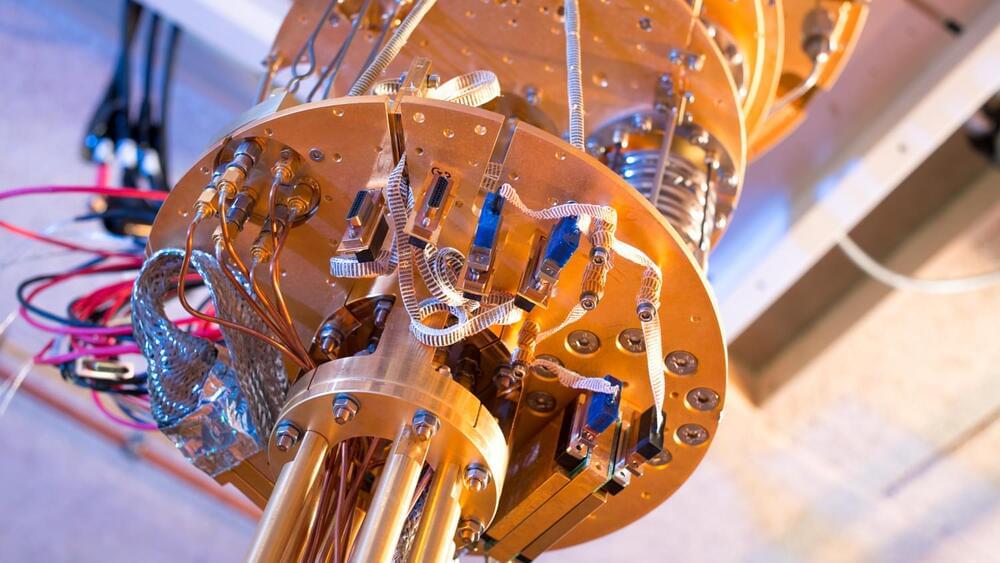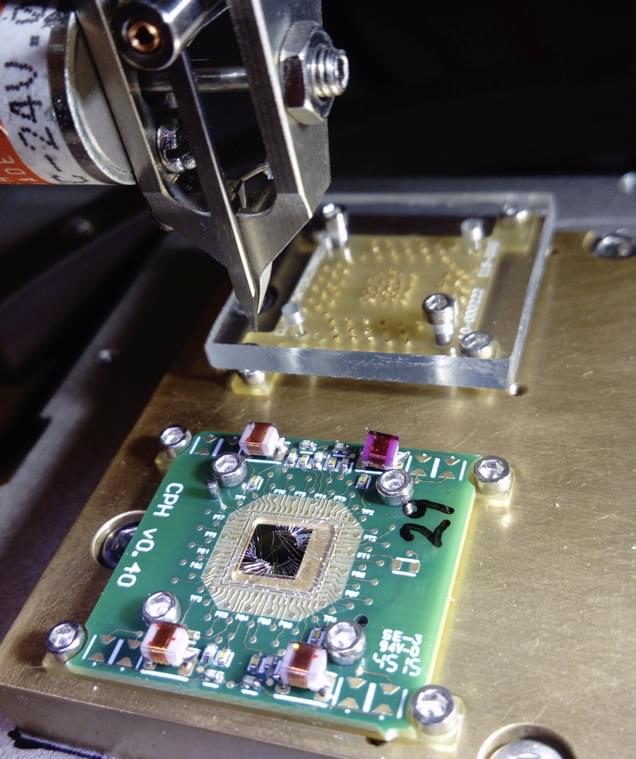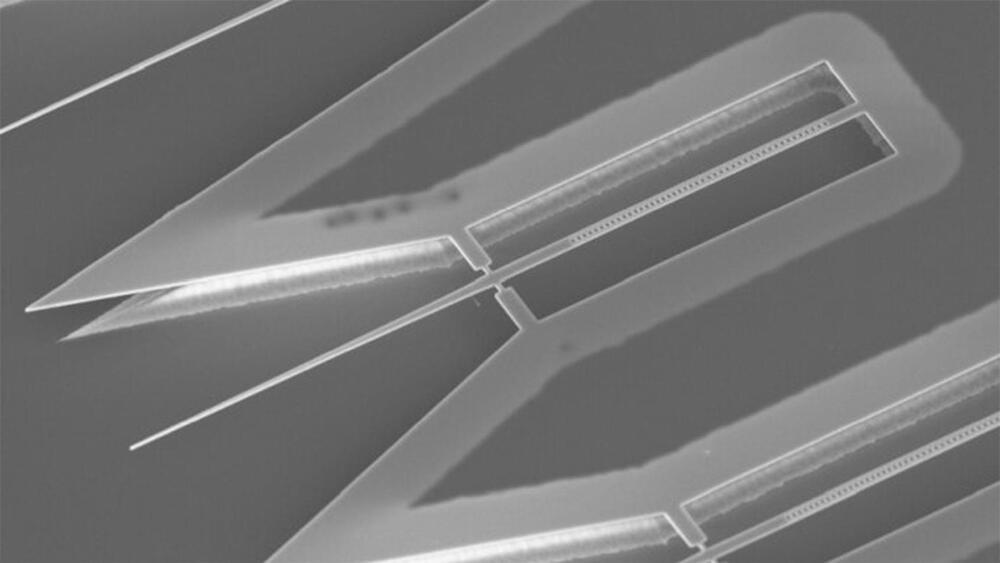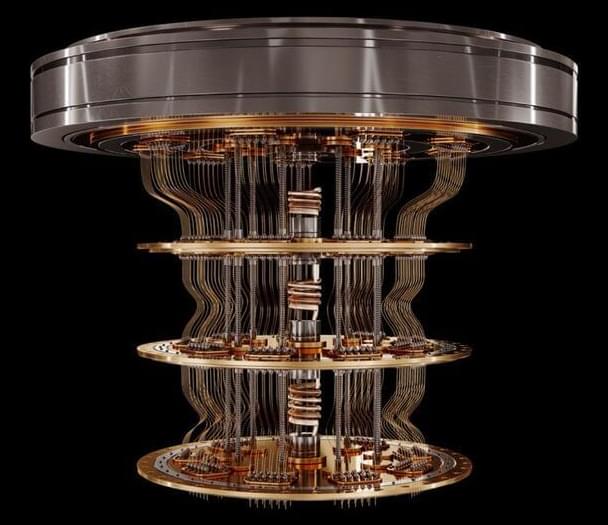O.o!!!! Year 2022
A new photonic quantum computer takes just 36 microseconds to perform a task that would take a conventional supercomputer more than 9,000 years to complete. The new device, named Borealis, is the first quantum computer from a startup to display such “quantum advantage” over regular computers. Borealis is also the first machine capable of quantum advantage to be made available to the public over the cloud.
Quantum computers can theoretically achieve a quantum advantage that enables them to find the answers to problems no classical computers could ever solve. The more components known as qubits that a quantum computer has, the greater its computational power can grow, in an exponential fashion.
Many companies, including giants such as Google, IBM, and Amazon as well as startups such as IonQ, rely on qubits based on superconducting circuits or trapped ions. One drawback with these approaches is that they both demand temperatures colder than those found in deep space, because heat can disrupt the qubits. The expensive, bulky cryogenic systems required to hold qubits at such frigid temperatures can also make it a major challenge to scale these platforms up to high numbers of qubits—or to smaller and more portable form factors.
